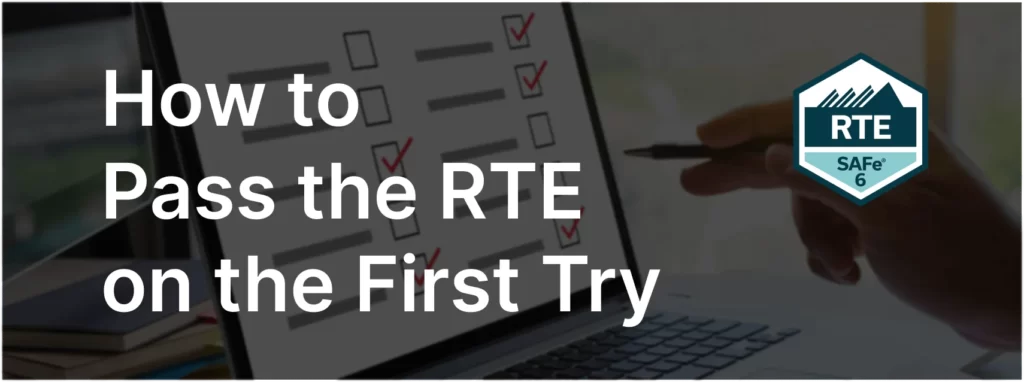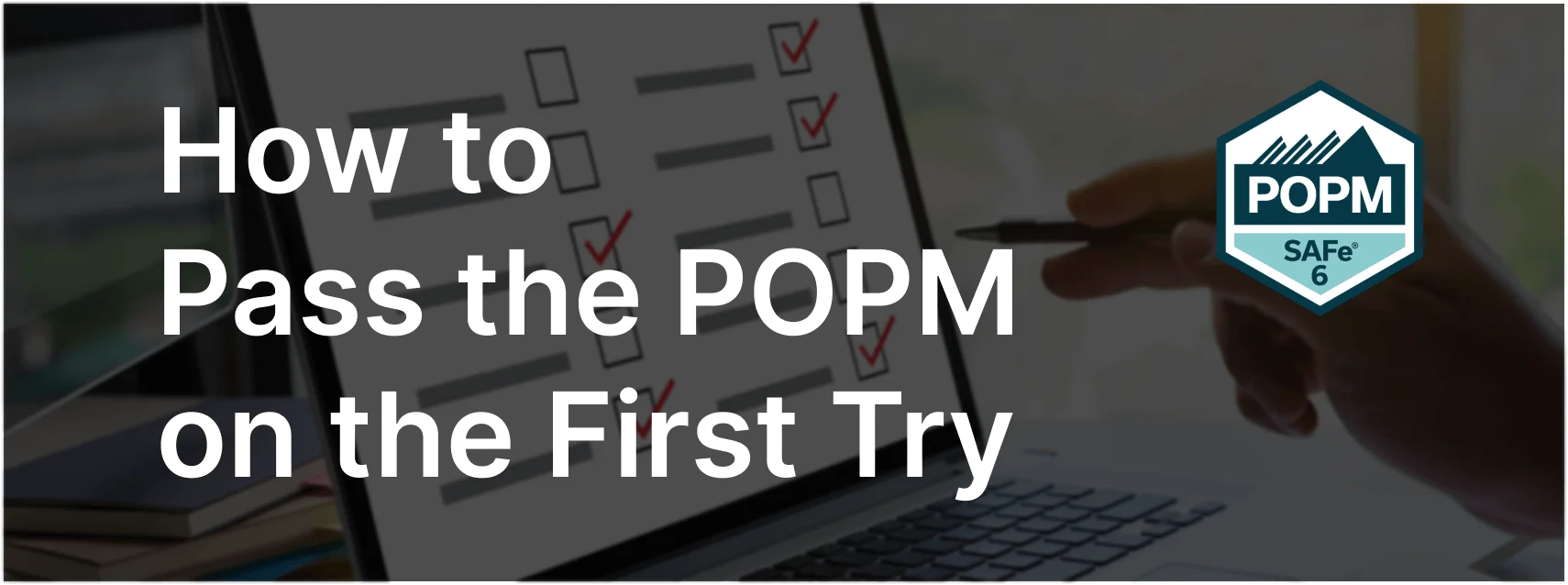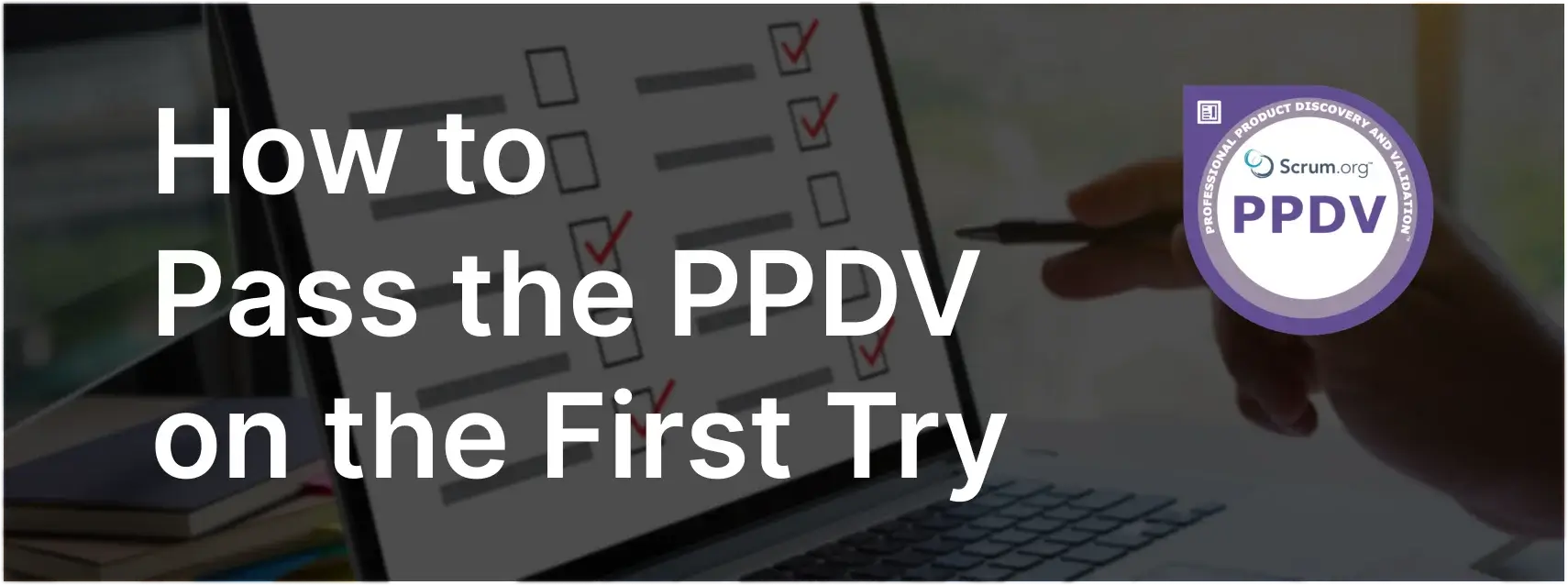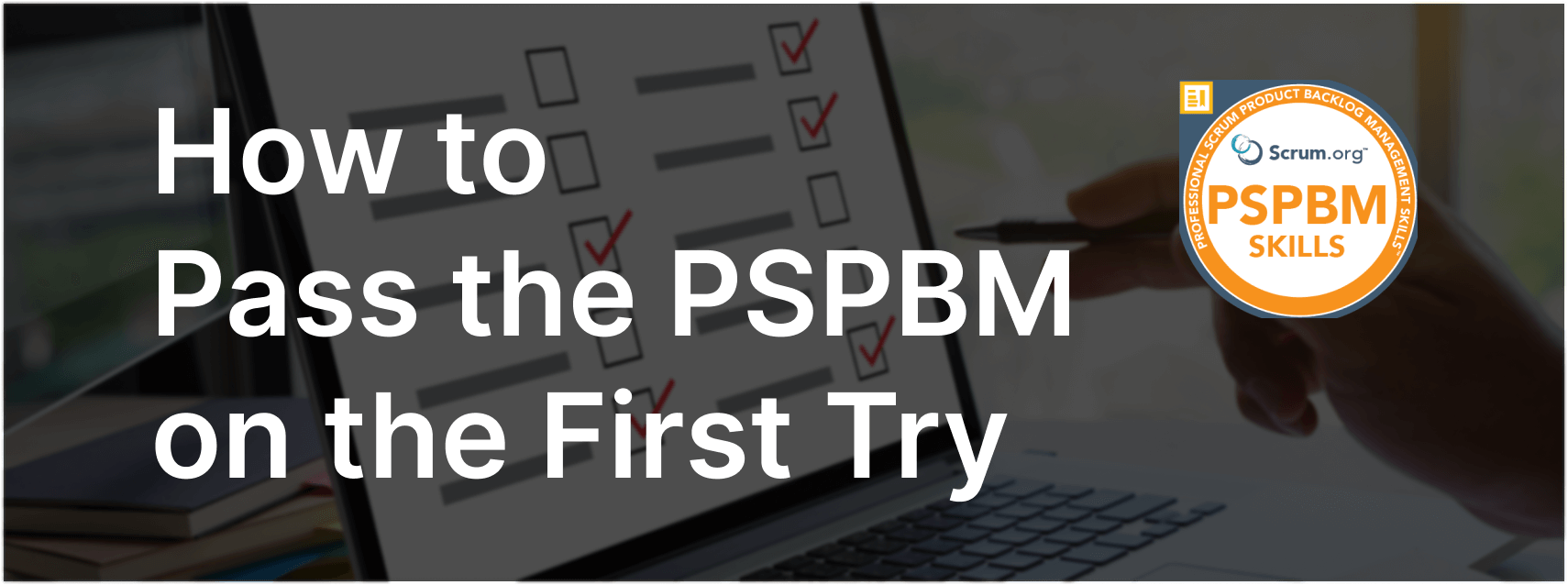Are you preparing for the SAFe® Release Train Engineer (RTE) certification? This comprehensive guide will help you understand what it takes to pass the RTE exam with confidence. Whether you’re new to the role or looking to validate your experience, we’ll walk you through the exam structure, key domains, study strategies, and essential resources to help you succeed. As a pivotal servant leader and coach of the Agile Release Train (ART), mastering the RTE role means mastering coordination, collaboration, and execution at scale. Let’s get started on your path to becoming a certified SAFe® Release Train Engineer.
Table of Contents
Understand the Exam Format and Content
Before beginning your preparation, it’s crucial to understand the structure of the SAFe® RTE exam and the topics it covers. The certification assesses your ability to serve as a Release Train Engineer in a SAFe enterprise by demonstrating leadership, facilitation, and coaching capabilities across Agile Release Trains (ARTs).
The RTE exam is a closed-book, web-based test consisting of 60 multiple-choice questions. You have 120 minutes to complete the assessment, and the passing score is 75%. This means you must correctly answer at least 45 out of 60 questions.
The exam content is grouped into four primary knowledge domains, which align with the key responsibilities of an RTE:
- Exploring the RTE Role
- Applying SAFe Principles
- Executing the PI
- Serving the ART
Each domain assesses your understanding of the tools, practices, and behaviors that support effective ART execution, including planning and facilitating Program Increments (PIs), improving team flow, and guiding Lean-Agile transformations.
Knowing the exam format and topics up front will help you design a more effective study plan and approach your preparation with clarity and confidence.
Understand the Role of a Release Train Engineer (RTE)
To succeed in the SAFe® RTE exam—and more importantly, in the role itself—you must have a clear understanding of what a Release Train Engineer actually does. The RTE acts as the servant leader and coach for the Agile Release Train (ART), a team of Agile teams that delivers solutions in a SAFe enterprise.
As the chief facilitator and orchestrator of ART events and processes, the RTE is responsible for driving alignment across teams, eliminating impediments, and ensuring continuous delivery of value. This includes coordinating Program Increment (PI) Planning, facilitating ART Syncs and Inspect & Adapt workshops, and enabling relentless improvement across the ART.
Beyond execution, a skilled RTE is also a transformational leader—helping teams adopt and apply SAFe principles, fostering collaboration with Product and Solution Management, and building an environment where Agile values can thrive. The RTE serves as the glue that connects teams, stakeholders, and leadership, and must therefore be an expert communicator, facilitator, and Lean-Agile coach.
Understanding the breadth of this role is key to passing the exam, as many questions revolve around applying these responsibilities in real-world scenarios.
Study and Prepare Effectively
Preparation for the SAFe® Release Train Engineer (RTE) exam requires more than just reading a handbook—it demands structured learning, real-world thinking, and a strong understanding of Lean-Agile principles in the context of the ART.
Start by reviewing the SAFe® 6.0 Framework in depth. Focus on the areas most relevant to the RTE role, such as the ART and Team Level, PI Planning, Inspect & Adapt, Facilitating Continuous Improvement, and the RTE-specific responsibilities. The SAFe Big Picture is a great visual guide that links to key concepts and practices you’ll be tested on.
Next, go through the RTE Exam Study Guide, which outlines the exact competencies and capabilities you’ll need. Make note of the domains and subtopics—many questions on the exam are scenario-based and will require you to apply this knowledge practically.
Here are a few strategies to boost your study effectiveness:
- Use flashcards to memorize roles, events, and key Lean-Agile principles.
- Take practice questions regularly to simulate exam pressure and uncover knowledge gaps.
- Participate in SAFe community forums to learn from real-world challenges others have faced in the RTE role.
- Study with a group if possible—teaching and discussing topics with others can help reinforce understanding.
Finally, if you’ve completed the SAFe RTE course, make sure to review the course workbook and exercises. These materials are often aligned with exam content and scenarios.
Practice with Realistic Questions
Practicing with realistic questions is one of the most effective ways to prepare for the SAFe® Release Train Engineer (RTE) exam. The exam includes 60 multiple-choice questions that assess your ability to apply SAFe principles to real-world scenarios. These aren’t just theoretical—they’re practical questions reflecting the complexity of the RTE role within an Agile Release Train.
To simulate the actual exam experience, use full-length practice tests that mirror the structure and difficulty of the certification exam. Look for resources that not only test your knowledge but also offer detailed explanations for each answer. Understanding why an answer is correct—or why others are not—reinforces your learning and builds confidence.
If you’re looking for a comprehensive tool, the SAFe RTE Exam Prep by ScrumPrep offers over 360 curated questions across the four official exam categories:
- Exploring the RTE Role
- Applying SAFe Principles
- Executing the PI
- Serving the ART
These categories are designed to test your breadth and depth of knowledge in SAFe, and each practice question helps reinforce key concepts and decision-making frameworks.
Finally, keep track of your results over time. This will help you identify weak areas and measure your progress as you continue preparing for the exam.
Exam Day Strategies
After all your preparation, the day of the SAFe® Release Train Engineer (RTE) exam is your moment to perform. Having a clear exam-day strategy can make the difference between passing with confidence and struggling under pressure.
Manage Your Environment
Because the exam is taken online, ensure that you’re in a quiet, distraction-free space. Make sure your internet connection is reliable, and close unnecessary tabs or applications that might interrupt your focus. Use headphones or earplugs if ambient noise is a concern.
Time Management During the Exam
You will have 120 minutes (2 hours) to answer 60 multiple-choice questions. That gives you an average of two minutes per question. Don’t rush—but don’t linger too long on any one question either. Mark questions for review and return to them once you’ve completed the others.
Read Carefully
SAFe exam questions are often scenario-based and may contain distractors that seem correct at first glance. Read each question thoroughly and analyze all answer choices before making your selection. Look for key words like “best,” “most likely,” or “primary responsibility,” which indicate you need to compare options rather than identify a single fact.
Trust Your Preparation
You’ve studied the framework, practiced with realistic questions, and built a strong understanding of the four domains. On exam day, trust that preparation. Stay calm, stay focused, and approach each question methodically.
Conclusion
The SAFe® Release Train Engineer (RTE) certification is more than just a credential—it’s proof that you understand how to facilitate and drive value delivery in a Lean-Agile enterprise. With responsibilities that span from PI Planning to relentless improvement, the RTE plays a vital role in enabling successful Agile Release Trains.
In this guide, we’ve walked through everything you need to pass the RTE exam confidently—from understanding the exam format to mastering the four core domains:
- Exploring the RTE Role
- Applying SAFe Principles
- Executing the PI
- Serving the ART
With focused preparation, the right resources, and a realistic exam simulator like the one offered in our RTE Practice Tests, you’ll be well-equipped to succeed.
Remember: This certification not only elevates your career, it also deepens your impact within your organization. Commit to the journey, leverage the strategies in this guide, and step into your role as a highly capable, value-driven SAFe® Release Train Engineer.
Good luck—you’ve got this!
FAQ
Most frequent questions and answers
The SAFe® Release Train Engineer (RTE) certification validates your expertise in guiding Agile Release Trains (ARTs) to deliver continuous value at scale. As an RTE, you are responsible for facilitating ART events, removing impediments, driving relentless improvement, and aligning teams toward a shared vision.
This certification proves your deep understanding of SAFe principles, cross-team coordination, and servant leadership. It is designed for experienced Scrum Masters, Agile coaches, or program managers who are ready to step into the high-impact RTE role within a Lean-Agile enterprise.
Official SAFe® RTE Exam Details:
- Certification Fee: Included with course registration
- Retake Fee: $50 USD per attempt
- Passing Score: 80%
- Time Limit: 120 minutes
- Number of Questions: 60
- Format: Multiple Choice
- Language: English
To prepare effectively for the SAFe® Release Train Engineer (RTE) exam, it’s important to focus not just on theory but also on how SAFe principles are applied in practice. The RTE role requires facilitation, coaching, and continuous improvement across Agile Release Trains (ARTs).
Here are several key steps to help you prepare:
- Attend the official SAFe® RTE course from Scaled Agile or an authorized partner. It provides foundational tools, role-specific practices, and hands-on learning.
- Study the SAFe® Big Picture to understand ART structure, RTE responsibilities, and interactions with key roles.
- Review the SAFe® RTE 6.0 Exam Study Guide for detailed domain coverage and study recommendations.
- Deepen your knowledge of topics like PI Planning, Inspect and Adapt, Agile Release Trains, and Relentless Improvement.
- Apply your knowledge to real-world coordination scenarios—this exam tests your ability to think and act like an RTE.
- Use third-party practice tests like ScrumPrep’s RTE Exam Prep to simulate exam conditions and reinforce your understanding with realistic questions and explanations.
By taking these steps, you’ll build the skills and confidence needed to pass the RTE certification and succeed as a leader in Agile Release Train execution.
Preparation time for the SAFe® RTE exam depends on your background and familiarity with the Scaled Agile Framework. On average, individuals spend 2 to 4 weeks preparing after completing the required RTE course. If you’re already serving in an RTE or similar role, your practical experience may shorten your study time.
To maximize your preparation, dedicate time to reviewing SAFe® concepts, studying the exam domains, and practicing with sample questions. Time spent actively applying your learning in real-world Agile Release Train (ART) environments will also help you internalize the responsibilities and mindset of an RTE.
The SAFe® RTE exam is periodically updated to reflect the latest version of the Scaled Agile Framework and current best practices. These updates ensure that the assessment remains aligned with evolving guidance, terminology, and role expectations for Release Train Engineers.
SAFe is currently in version 6.0, and any changes to the framework or role definitions may trigger corresponding updates to the certification exam. It’s important to use the most current study materials provided by Scaled Agile and stay informed by checking the official SAFe® Certification site for the latest updates.
The SAFe® Release Train Engineer (RTE) and SAFe® Practice Consultant (SPC) certifications target different responsibilities within a Lean-Agile enterprise, although both play leadership roles.
- RTE certification focuses on the servant leadership and facilitation skills required to operate as a chief Scrum Master of an Agile Release Train (ART). RTEs are responsible for PI Planning, removing impediments, driving continuous improvement, and ensuring ARTs stay on track to deliver value.
- SPC certification is designed for change agents who lead SAFe transformations. SPCs are empowered to train teams, launch ARTs, coach leadership, and deliver SAFe courses including the RTE course. SPCs have a broader scope across portfolios, value streams, and enterprise-level transformation.
While RTEs focus on facilitating ART execution, SPCs focus on scaling Agile across the enterprise.
Yes, you can retake the SAFe® RTE exam if you don’t pass on your first attempt. Your initial exam attempt is included in the course registration fee. Retakes require a fee and are subject to specific wait periods.
- First retake: $50 USD, available immediately after the first attempt.
- Second retake: Requires a 10-day wait.
- Third retake and beyond: Requires a 30-day wait between attempts.
It’s strongly encouraged to review the study guide and practice resources before retaking the exam to improve your score.
The SAFe® Release Train Engineer (RTE) certification validates your expertise in guiding Agile Release Trains (ARTs), coordinating across teams, and delivering continuous value within a Lean-Agile enterprise.
As organizations scale their agile practices, the RTE plays a critical role in aligning business and technical objectives, removing impediments, and fostering a culture of collaboration and improvement. Certification signals to employers and stakeholders that you’re equipped to lead large-scale agile transformations and ensure successful Program Increment (PI) execution.
Achieving the SAFe® Release Train Engineer (RTE) certification offers numerous professional advantages. It demonstrates your ability to lead and coordinate Agile Release Trains (ARTs), facilitate Program Increment (PI) execution, and support enterprise-level agile transformation.
Certified RTEs are often seen as strategic enablers of value delivery across large teams and programs. The credential increases your visibility in the job market, strengthens your leadership credibility, and can lead to more senior opportunities within Lean-Agile organizations. Additionally, you join a global community of SAFe professionals with access to exclusive resources and continuous learning tools from Scaled Agile.
Yes. You must complete the official SAFe® Release Train Engineer (RTE) training course before you can take the certification exam. This course is a prerequisite and is designed to equip you with the knowledge and skills necessary to fulfill the RTE role effectively within a SAFe enterprise.
The course includes instructor-led sessions, hands-on group exercises, and real-world scenarios that help prepare you for the exam and for leading Agile Release Trains (ARTs) in practice. Only participants who complete the course are granted access to the exam.
The SAFe® Release Train Engineer (RTE) certification is valid for one year from the date of issuance. To remain certified, you must renew your credential annually via the Scaled Agile Community Platform.
Renewing your certification ensures continued access to SAFe resources, the professional network, and up-to-date knowledge of evolving SAFe practices. The renewal process includes a fee and may involve ongoing learning requirements.
Clear explanations that actually teach
What I liked most was the quality of the feedback. Even when I got a question wrong, the explanation helped me understand the reasoning, not just memorize the answer. That made all the difference on exam day.
Best RTE exam resource I’ve found
I tried several study tools, but this one was the most well-organized, up to date, and easy to use. The support team also responded quickly when I had a question about one of the scenarios. Excellent experience overall.
Built my confidence as an RTE
These tests went beyond surface-level questions. They helped me understand how to facilitate ART events, guide teams, and improve flow. I passed the exam and feel more prepared to serve in the RTE role at my company.
Incredibly accurate and helpful
I was impressed by how well the practice questions reflected the actual exam. They weren’t just memorization—they pushed me to really understand the material. I felt well-prepared and passed without any surprises.
Perfect for studying with a busy schedule
I have a full-time job and couldn’t spend hours at a time studying. The flexibility of practice mode and timed mode let me study effectively in short bursts and still cover everything.
Excellent for real-world application
I’ve taken other certification preps, but this one stood out for how practical it felt. The scenario questions challenged me to think like an RTE, not just repeat definitions. This prep gave me both knowledge and confidence.
Great coverage of key RTE responsibilities
These tests cover every important aspect of the RTE role, from ART leadership to facilitating PI Planning. The mix of questions and explanations helped me bridge the gap between theory and practical application.
Worth every penny and more
This was by far the best value I found in my exam prep journey. The practice questions were challenging but fair, and the explanations were spot on. I credit this course with helping me pass and feel ready to lead ARTs.
Helped me pass on the first try
This practice test platform gave me everything I needed to walk into the exam with confidence. The question styles, difficulty level, and detailed explanations closely matched what I encountered on test day. Highly recommended for anyone preparing seriously.
Passed with confidence thanks to this course
With so many moving parts in the RTE role, I was nervous about the exam. This course broke everything down clearly and helped me focus on what really mattered. I felt confident from the first question to the last.







